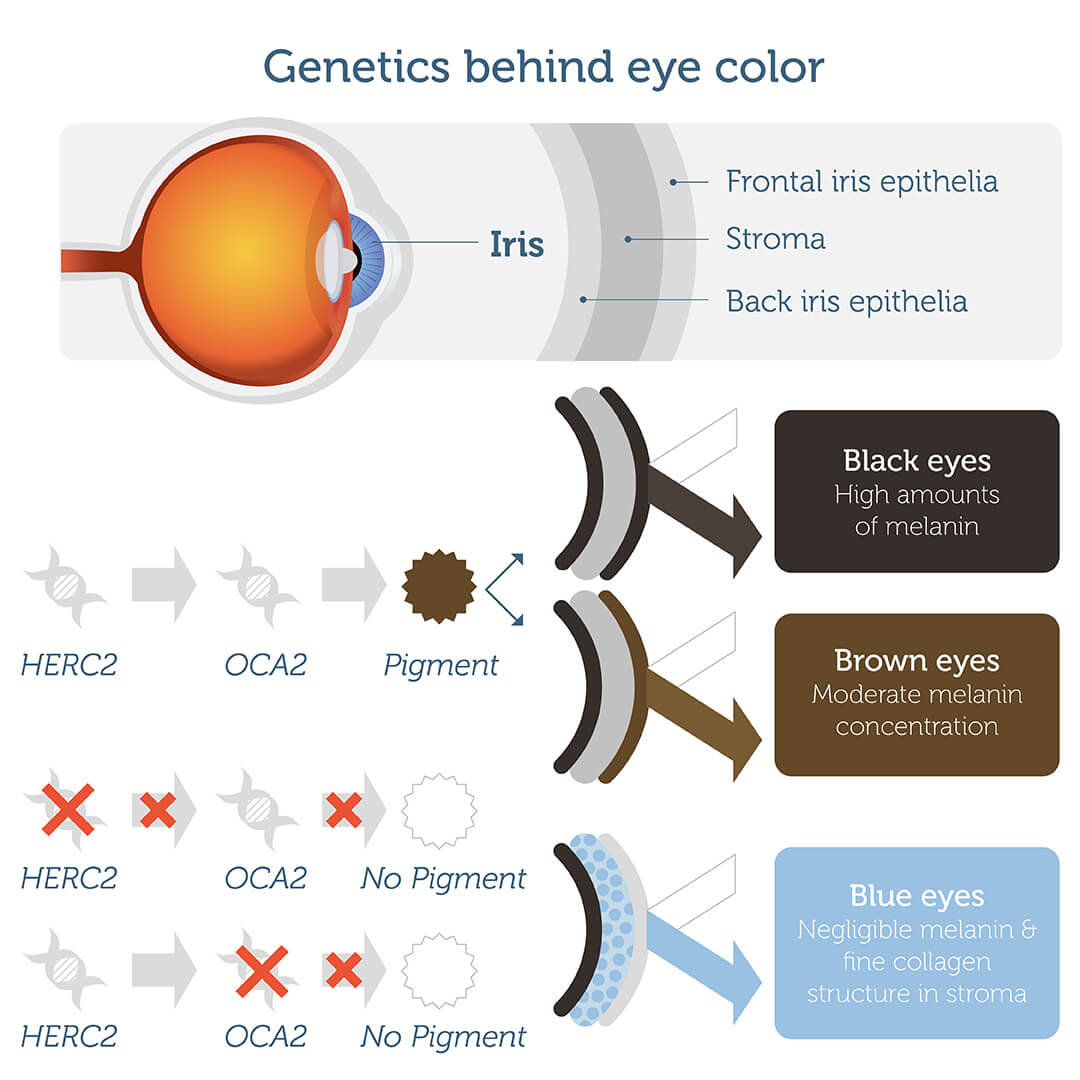Eye Color DNA Test
Why does your iris have a color? Find out how genetic variants are linked to the color of your eyes with this DNA test.
- Includes the HER2C gene associated with “blue eyes”
- Individuals with two copies of the variant are more likely to have blue eyes
- 100% private and confidential online results
Already have DNA markers? Sign in and upload your data to view results.
Need to take the DNA Test? Order our easy-to-use swab kit.





